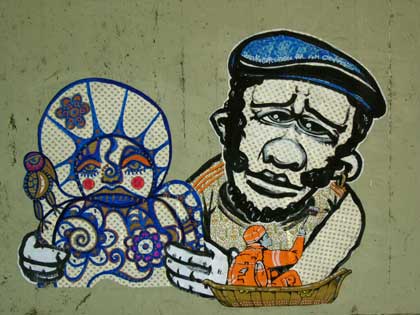via Godlorica:
Physics, abstract
physics/0510102
From: Stephen D. H. Hsu [view email]
Date (v1): Tue, 11 Oct 2005 20:15:52 GMT (5kb)
Date (revised v2): Tue, 6 Dec 2005 06:20:04 GMT (7kb)
Message in the Sky
Authors: S. Hsu, A. Zee
Comments: 3 pages, revtex
Subj-class: Popular Physics
We argue that the cosmic microwave background (CMB) provides a stupendous opportunity for the Creator of universe our (assuming one exists) to have sent a message to its occupants, using known physics. Our work does not support the Intelligent Design movement in any way whatsoever, but asks, and attempts to answer, the entirely scientific question of what the medium and message might be IF there was actually a message. The medium for the message is unique. We elaborate on this observation, noting that it requires only careful adjustment of the fundamental Lagrangian, but no direct intervention in the subsequent evolution of the universe.
Full-text: PostScript, PDF, or Other formats
Gravity's Rainbow, p. 4]
"You didn't really believe you'd be saved. Come, we all know who we are by now. No one was ever going to take the trouble to save you old fellow.... "

























